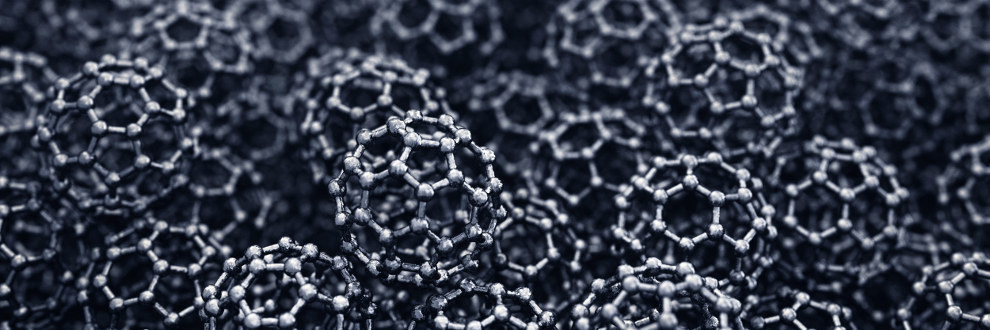
Understanding how suspended Graphene adheres to the sidewalls of a trench
Continued miniaturisation of technologies is opening up exciting new possibilities in areas such as chemical sensors, signal processing and accelerometers, using nanoelectromechanical systems (NEMS), which are nanoscale devices that integrate electrical and mechanical functionalities. These devices promise high sensitivity and ultralow power consumption, which are essential features for future technologies. One important class of NEMS is the graphene resonator, in which an atomically thin layer of carbon atoms is suspended over a trench. Experiments have shown these resonators are pulled tight, like a drumhead, but until now researchers have not been able to explain how this tensioning occurs. Now, new simulations by Zoe Budrikis (ISI Foundation) and CC&B coordinator Stefano Zapperi show that although interactions between graphene and the trench are relatively weak, even a slight curvature of the rim of the underlying trench is enough to make the graphene adhere to the trench sidewalls, pulling the graphene sheet tight. This effect persists even at high temperatures, where one might expect adhesion to break down. These calculations also suggest new ideas for experiments using deliberately controlled trench shapes to make nano-mechanical resonators with desired properties.
Zoe Budrikis and Stefano Zapperi,
Temperature-Dependent Adhesion of Graphene Suspended on a Trench,
NanoLetters, December 14, 2015.
Available on: pubs.acs.org
